There are many competitive forces that can usher in the need for a business process redesign such as new market entrants, new rules and regulations, new products, and customer sophistication. Today, the need for reengineering is growing more critical with faster technologic advances, a more sophisticated workforce, and increased global competition. Over the last decade, enterprises have invested in so many more systems and data sources, often addressing a specific need but collectively can add complexity to core processes and linkages.
Michael Hammer, the originator of the business process reengineering concept, wrote in his 1990 Harvard Business Review article, “We should “reengineer” our business: use the power of modern information technology to radically redesign our business processes in order to achieve dramatic improvements in their performance.” While this core principle remains true, it is of equal importance that all of these disparate technologies and systems, along with their corresponding business processes are linked together. Those accountable for each step of a business process, from the first step to the last, must have an integrated view into the interdependency and expectations of each person’s contribution.
In addition to the digital and large data complexities, business processes inefficiencies lead to stagnant or rising costs in the enterprise. In many cases, there is a need for reduced cost before considerations for business process excellence are taken into account. However, when focused and done well, business process redesign is a more thoughtful way to take sustainable cost out of the business. Companies under extreme cost pressure often take the path of least resistance, which is across the board cuts. Over time, that’s not necessarily the most efficient way to get real cost out of the organization. There may be some trepidation that a redesign process will be over-complicated or lengthy, but it is not always the case if you re-engineer based on the following principles:
Risk: As you approach a redesign, don’t aim for the low hanging fruit. Focus on specific processes that need improvement and will result in the greatest impact. While small changes can create a modicum of improvement, it is the large-scale shifts that allow for the greatest rewards.
Feasibility: Though some ideas may seem opportune, restraints in human capital or systems can create obstacles that don’t allow for great impact. For those situations, create long-term roadmaps to determine the steps the organization must take in order to reach that future-state.
Interconnectivity: Systems and data sources are incredibly valuable for organizations to understand their customers and organizational efficiency, but they can often be disconnected. It’s critical to success that organizations have linked systems and data, and that knowledge is shared across all those that would benefit.
Quantifiable: Changing a process does not equate to guaranteed success. To prove success, organizations must be able to say they achieved sustainable cost improvements while maintaining quality. You need to develop a key set of metrics to measure and have visibility to be sure the change was effective. If a target is set, you need a scorecard to determine if the team is achieving their goals on a regular basis.
Ownership: The success of any meticulously crafted and mapped process is to reach the targets set in the initial planning. Each person or department that contributes to the larger process must understand their expectations and work interdependently toward the greater goals of the organization.
Organizational efficiency is not the result of one; it is the result of many. Each person in the organization that contributes to a process affects customer fulfillment and satisfaction, the ultimate goal of every organization. Rethinking and optimizing the processes of a company will allow for greater opportunity to engage and delight the customer and set the pace for industry peers.
If you’re considering fresh ways to approach your business processes, contact us.

